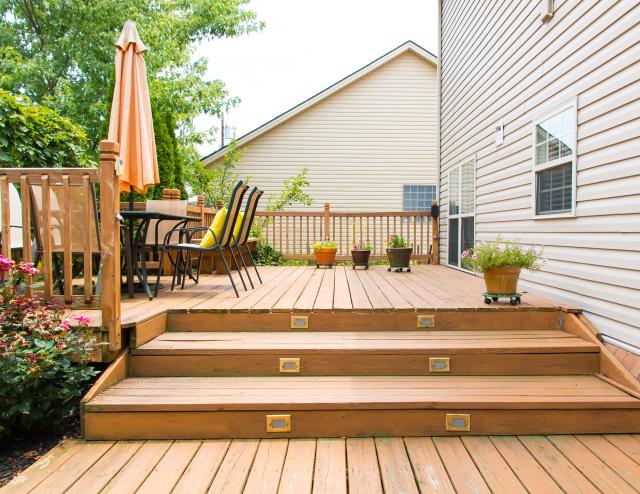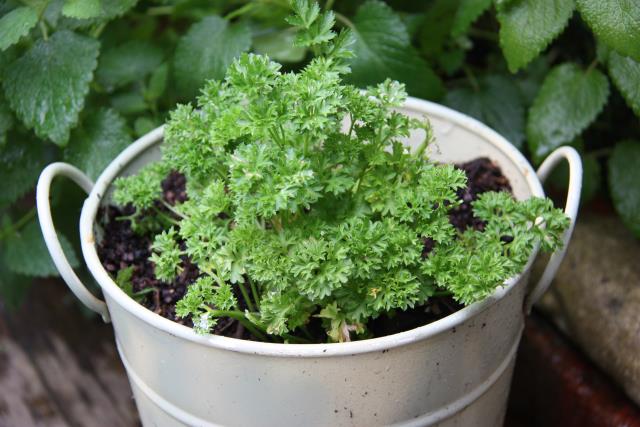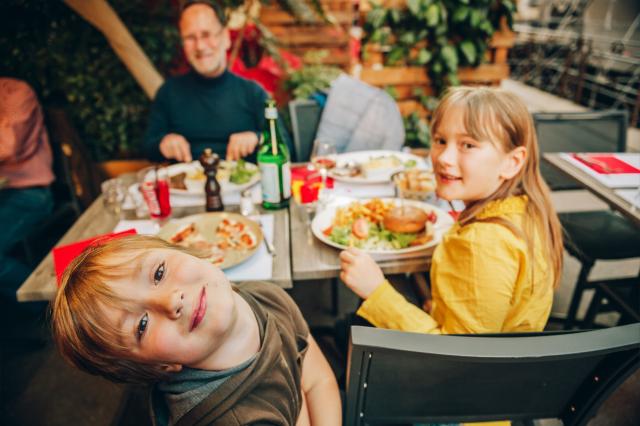In a dire warning on the housing crisis, Greater Dandenong is in the state top 5 for growing numbers of the ‘working homeless’.
In 2022-23, there were 452 homeless clients who were employed – up 38 per cent from the year before, a Council to Homeless Persons new report stated.
Of them, the vast majority – 271 – were women (60 per cent).
Shari McPhail, general manager at South East homelessness service Wayss, said “working poor” families with dual incomes were even under threat by skyrocketing rents and unmanageable costs of living.
“Historically this has not been a group of people who have sought our services, and we are concerned about this trend.
“Employment is no longer the safety net it once was.
“We are seeing first-hand (in Dandenong, Cardinia and Casey) how the system is buckling – there is an urgent need for action.”
Wayss chief executive Wayne Merritt said the causes and solutions of homelessness were complex but it was “unconscionable not to act”.
“There is an extremely urgent need to increase short term support to help people at risk of homelessness, and long-term solutions for people locked in a cycle of homelessness.
“We need more housing, and we need to action income support reform to those on the lowest incomes.”
Wellsprings for Women, which provides housing support especially to women impacted by family violence, received 86 housing referrals in the past 10 months.
“We know the current economic crisis is impacting women even if they are employed,” Wellsprings chief executive Dalal Smiley said.
“They are either working in low paid industries or casual work or are underemployed.
“The ones looking for somewhere to live face difficulties due to a lack of rental history.
“Or for some involved in child protection orders – they face challenges finding an affordable property that meets the required number of bedrooms required by the department.”
Increased rents have played a major role, Ms Smiley said.
“We should look for examples from around the world and be more creative with the way we increase housing options.”
South East Community Links chief executive Peter McNamara said the service was seeing a “bleak picture where even people with jobs are not immune to the threat of homelessness”.
They’ve seen a 70 per cent rise in employed people who were seeking homelessness assistance.
The shortage of affordable rentals, especially in the South East, was “exacerbating the homelessness crisis”, he said.
An Anglicare Rental Affordability Snapshot 2024 report found just 28 rental properties across Melbourne for households on income support.
Just one of them was located in Greater Dandenong.
For households on a minimum wage, there were depleting stocks of affordable homes in the South East – 95 in Casey (down from 176 in 2023) and 38 in Cardinia (down from 104).
Both areas are still rated in the top 10 of the most affordable properties in metropolitan Melbourne.
Growing legions of the ‘working homeless’ were found across most council areas in Victoria.
The next highest tallies were mainly outer-suburban and regional areas Wyndham (624), Greater Geelong (535), Greater Bendigo (479) and in neighbouring Greater Dandenong (452).
CHG found that across Victoria, more than 12,100 employed people sought homelessness support.
They make up one in eight of homelessness service clients.
In its report, CRP called on state and federal governments to support more renters in avoiding eviction with the Private Rental Assistance Program.
It also called for 6000 more public and community homes in the next 10 years.
Victorians had the worst access to social housing in the country, which was leading to women and children experiencing family violence waiting an average of two years for community housing, CRP stated.
Nearly 100,000 Victorians a year are given assistance to find a permanent home from homelessness services, which receive more than $300 million from the State Government.
This is the highest recurrent spend on homelessness services by Australian states, according to the government.
A government spokesperson said it also invested more than $28 million to help more than 14,000 Victorians secure and keep private rentals.
“We have recently expanded these programs into more places across the state”
In Greater Dandenong, more than $30 million has been invested through the Big Housing Build and other social housing programs to create 79 new homes.
In City of Frankston, more than $43 million has been invested to create 87 new homes, and in City of Casey, more than $56 million has been invested to create 147 new homes.
“We know there is nothing more important than the dignity of a home,” the spokesperson said.
“That’s why we’re investing $6.3 billion to build at least 13,000 new social and affordable homes right across Victoria.”







